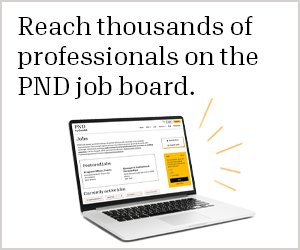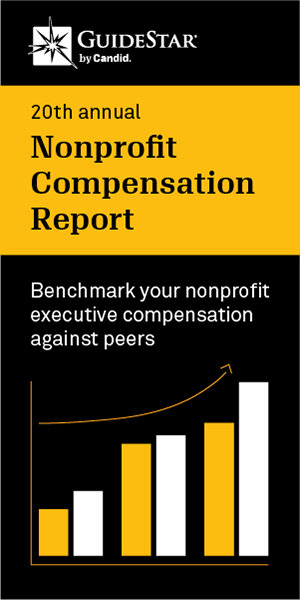Equality Now

Mission: To use the law to protect and promote women and girls' human rights all over the world.
Background: Equality Now was founded in 1992 by three lawyers, Jessica Neuwirth, Navanethem "Navi" Pillay, and Feryal Gharahi, who saw that by directing public and media attention worldwide to individual abuses women and girls have suffered and advocating with policy makers and the United Nations, the organization could exert significant pressure on governments to enforce and enact better, fairer laws. To that end, in 1996, Equality Now became one of the first organizations to take on sex tourism, defined by the Centers for Disease Control and Prevention as travel explicitly planned for sex — generally to a country where sex work is legal but which, in turn, supports human trafficking (slavery). A series of campaigns the organization waged against U.S. companies that exploited women and girls ultimately led to indictments, convictions, and laws that made sex tourism a crime. In 1999 Equality Now launched its first campaign to end laws that treat women and men unequally and the organization has continued to push governments to make all laws gender-equal. To date, more than fifty sexist laws Equality Now has highlighted have been repealed or amended. Today, Equality Now is a global organization with partners and supporters in nearly every country and staff in New York, London, Nairobi, Amman, and Washington, D.C.
Outstanding Web Features: The site's homepage introduces Equality Now's mission and allows users to find out more about the social change issues the organization is working on, including achieving legal equality, ending sexual violence, and sex trafficking, and stopping other harmful practices against women and girls. The call to action page features issues such as ending sexual abuse in India, the campaign to ratify the Equal Rights Amendment, and stopping sexual abuse in Bolivia. The site also offers resources including publications and submissions databases; listings of court documents, fact sheets, and webinars and events; and an archive of activist and survivor stories that can be filtered by issue. Users can visit the site's blog or connect via the organization's Twitter or Instagram feeds, Facebook, LinkedIn, or YouTube pages to learn more. The organization also encourages partnerships and provides information on how corporate partners, trusts, and foundations can get involved.




